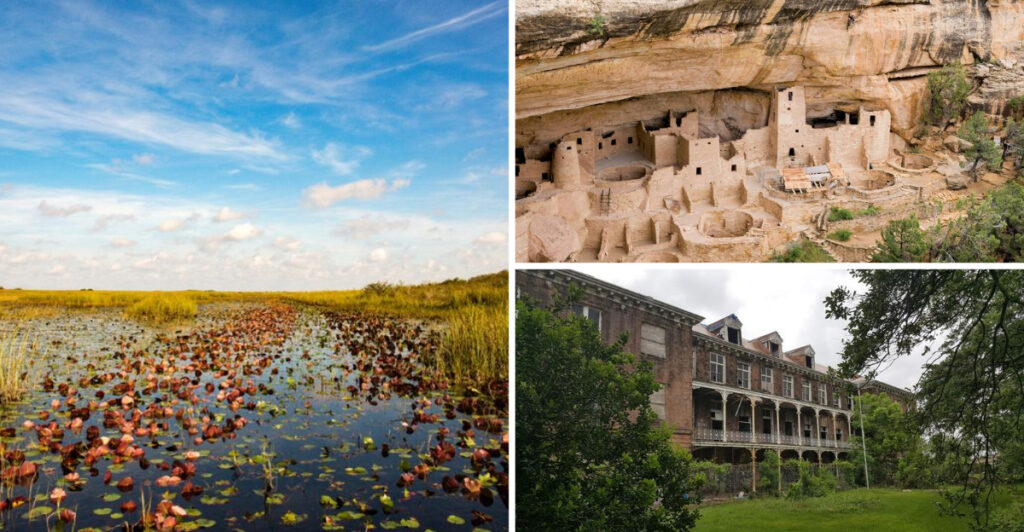Embarking on a journey to explore America’s endangered treasures, I visited 19 sites that tell tales of history, culture, and nature. Among them, three face an urgent threat and may disappear by 2026. Each location, with its unique charm and story, offers a poignant reminder of the rich tapestry of American heritage at risk. This blog post aims to shed light on these sites’ significance and the challenges they face. With diverse landscapes and narratives, these sites demand attention and preservation efforts. Join me in exploring these irreplaceable gems before they fade into memory.
1. The Everglades, Florida
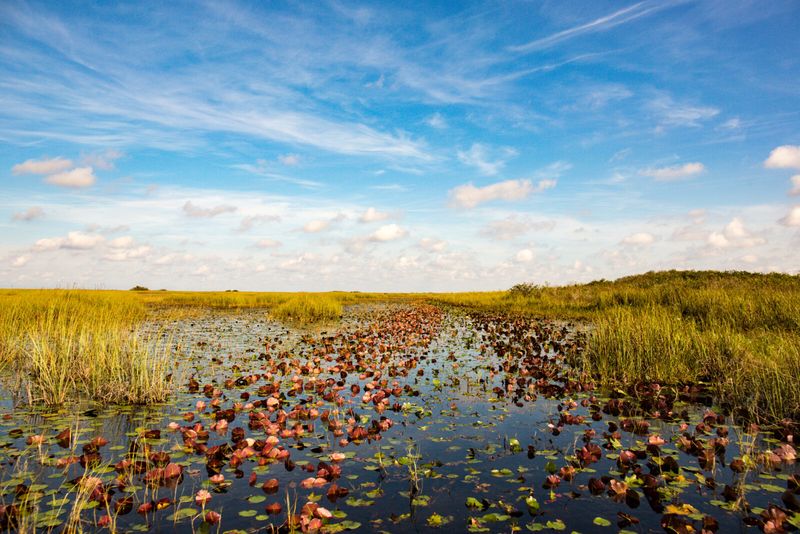
The Everglades, a vast expanse of subtropical wetlands, stretches across southern Florida, offering a unique ecosystem. Known for its biodiversity, it’s home to rare species like the Florida panther and the American crocodile.
However, human activity and climate change threaten its balance. The delicacy of this ecosystem, where water flows like slow-moving rivers, is unlike any other place in the world.
In recent years, initiatives have been undertaken to restore and protect this natural wonder. The Everglades exemplifies nature’s fragility and the urgency to preserve our planet’s treasures.
2. Mesa Verde National Park, Colorado
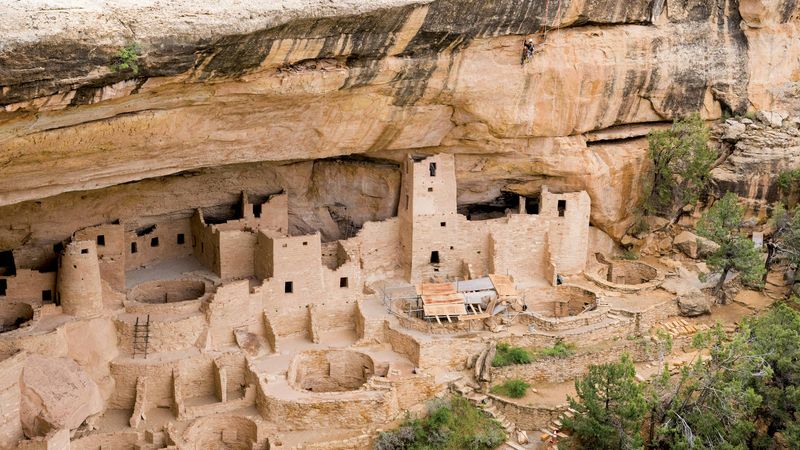
Nestled in Colorado, Mesa Verde National Park is home to ancient cliff dwellings, offering a glimpse into the lives of the Ancestral Puebloans.
These structures, carved into sandstone cliffs, date back to the 12th century. Mesa Verde’s beauty lies in its enigmatic ruins, whispering stories of a civilization long past.
Unfortunately, erosion and vandalism pose significant threats. Efforts to conserve these structures are ongoing, but time is of the essence. The park stands as a testament to cultural heritage, demanding both admiration and protection.
3. New Orleans Historic District, Louisiana
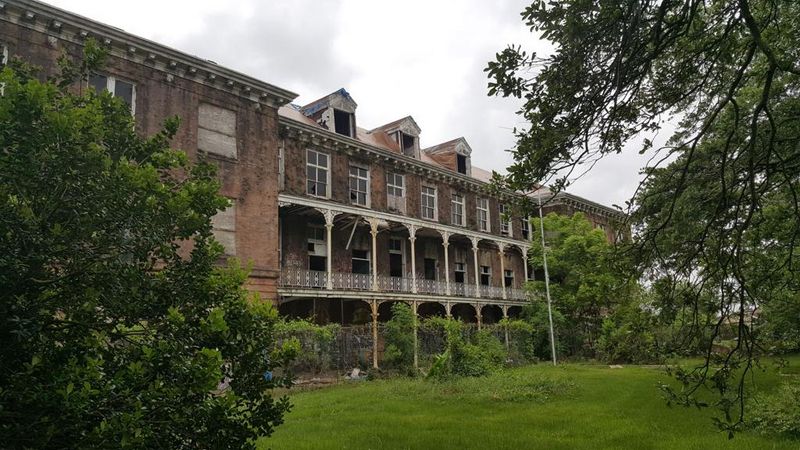
The New Orleans Historic District, known for its vibrant culture and music, is a melting pot of history and traditions.
Famed for its unique architectural styles, the district faces challenges from frequent flooding and hurricanes. The spirit of New Orleans thrives in its jazz-filled streets, yet the threat of climate change looms large.
Preservation efforts continue, but the task is daunting. This district embodies the resilience and cultural diversity of America, urging us to cherish and protect its legacy.
4. Chaco Culture National Historical Park, New Mexico
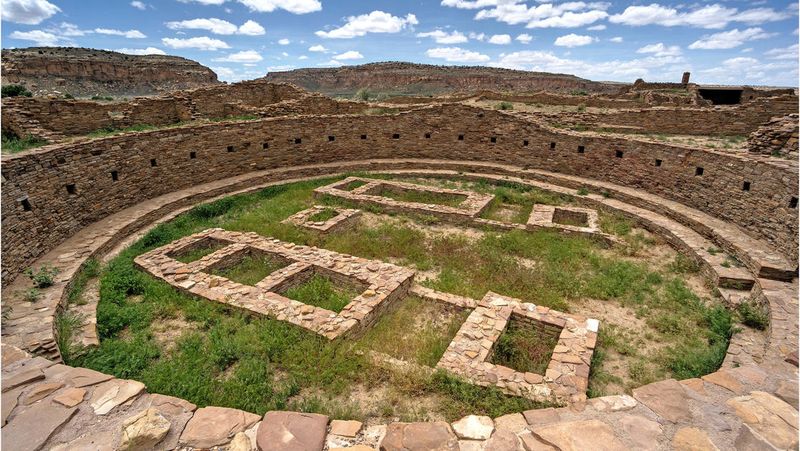
Chaco Culture National Historical Park, located in New Mexico, is an archaeological wonder with ancient ruins from the Chacoan civilization.
The park’s vast complexes, constructed from sandstone, reflect architectural brilliance. However, nearby oil drilling and natural erosion present ongoing threats.
Preservation measures are critical to maintaining this piece of history. The park highlights the ingenuity of the Ancestral Puebloans and the need to safeguard their legacy for future generations.
5. Great Smoky Mountains, Tennessee/North Carolina
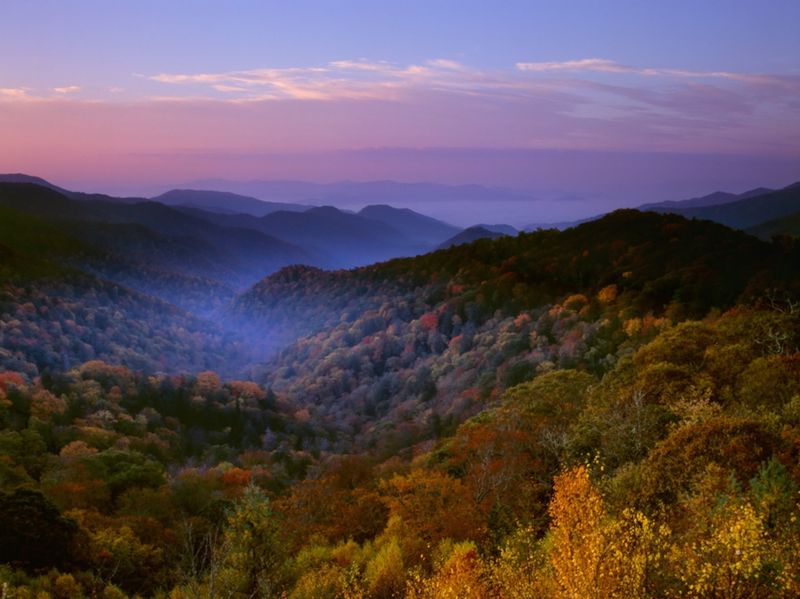
The Great Smoky Mountains, straddling Tennessee and North Carolina, are renowned for their mist-covered peaks and rich biodiversity.
Home to an array of flora and fauna, the mountains face threats from pollution and invasive species. This natural sanctuary is a paradise for nature lovers.
Efforts to combat these threats are vital for preserving its unique ecosystem. The Smokies remind us of nature’s resilience and the importance of conservation.
6. Antelope Canyon, Arizona
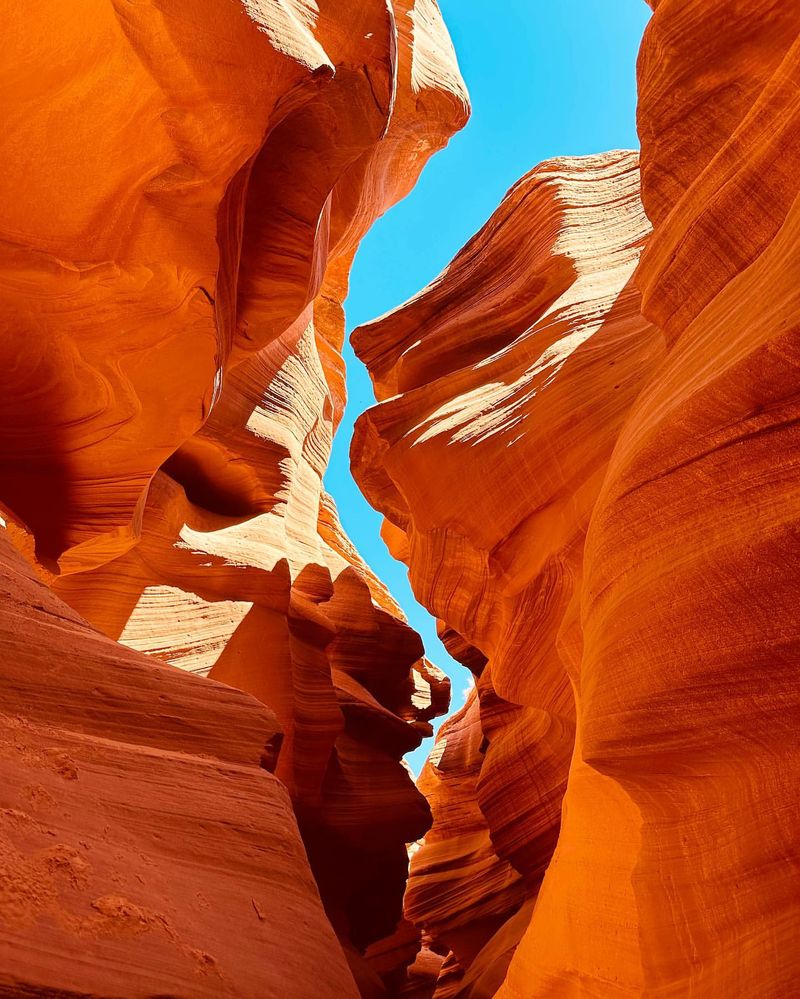
Antelope Canyon in Arizona, famed for its stunning slot canyons, attracts photographers and tourists alike.
The swirling sandstone formations create an otherworldly beauty. However, frequent flash floods and tourist pressures threaten its delicate structure.
Protection measures are essential to sustain its natural wonder. Antelope Canyon serves as a stark reminder of nature’s transient and fragile beauty.
7. Liberty Bell, Pennsylvania
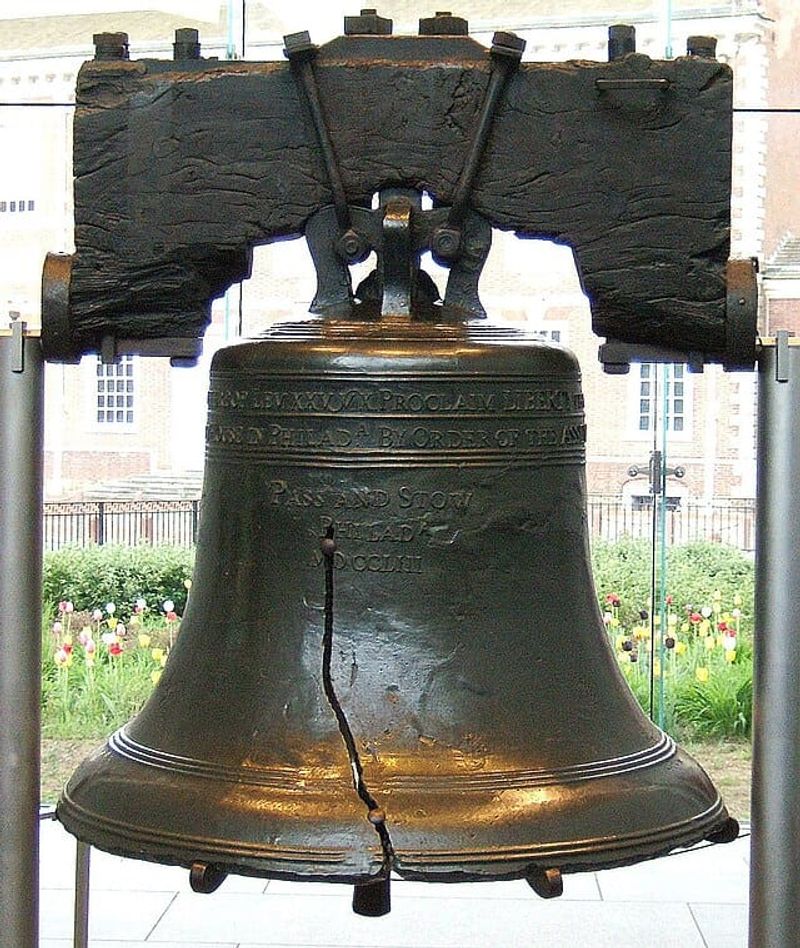
The Liberty Bell, an iconic symbol of American independence, resides in Philadelphia, Pennsylvania.
However, urban pollution and aging materials threaten its preservation. This revered artifact echoes the spirit of freedom and demands our attention.
Efforts to maintain its integrity are critical. The Liberty Bell reminds us of the enduring values of liberty and justice.
8. Statue of Liberty, New York
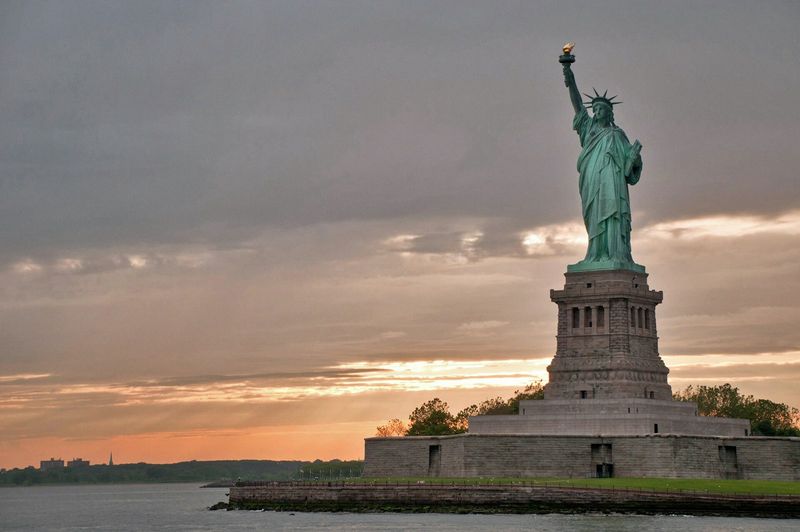
Standing tall on Liberty Island, the Statue of Liberty symbolizes freedom and hope for millions.
Yet, rising sea levels and environmental factors pose risks to this beloved monument. Restoration projects aim to protect its legacy for future generations.
The statue remains a beacon of hope and a call to preserve our shared heritage.
9. Glacier Bay National Park, Alaska
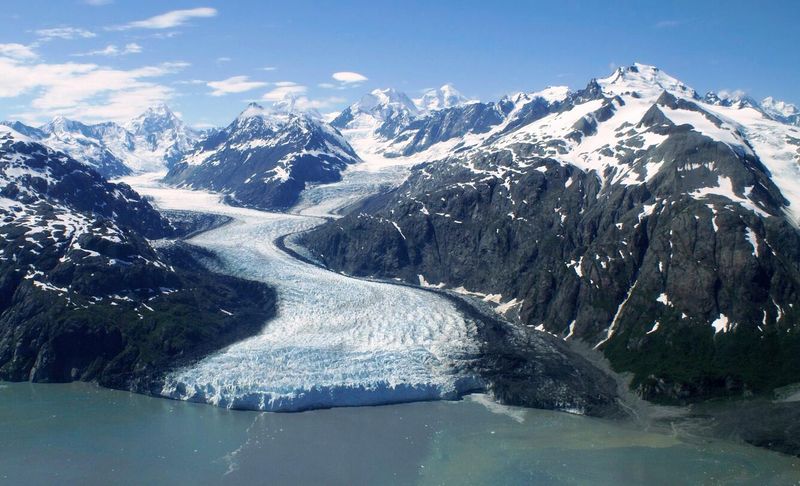
Glacier Bay National Park in Alaska offers a breathtaking glimpse of towering glaciers and untouched wilderness.
However, climate change accelerates glacial melting, threatening the park’s ecosystem. The beauty of this frozen realm is unmatched.
Conservation efforts are essential to protect its diverse wildlife and landscapes. Glacier Bay stands as a profound symbol of nature’s power and vulnerability.
10. Ellis Island, New Jersey/New York
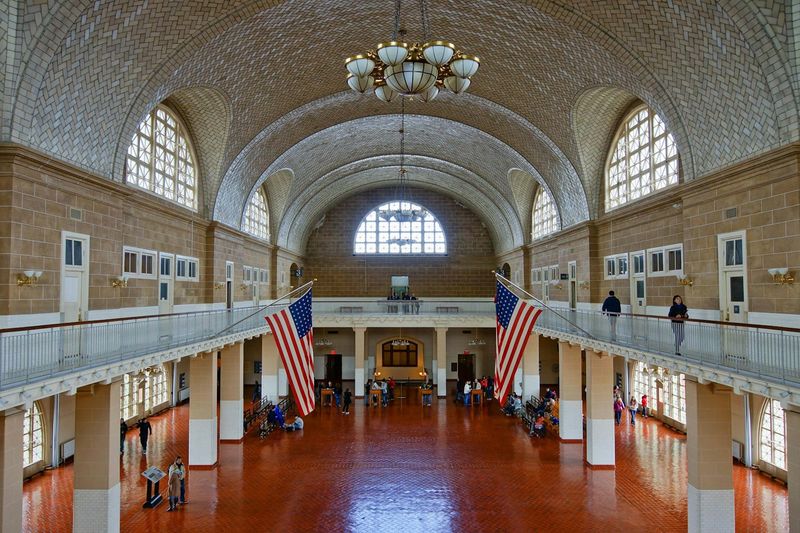
Ellis Island holds a poignant place in American history, serving as the entry point for millions of immigrants.
The island’s historic buildings face structural challenges from age and weather. Restoration work continues to preserve its significance.
Ellis Island embodies the American dream and the diverse tapestry of immigrant stories that shaped the nation.
11. San Francisco Bay, California
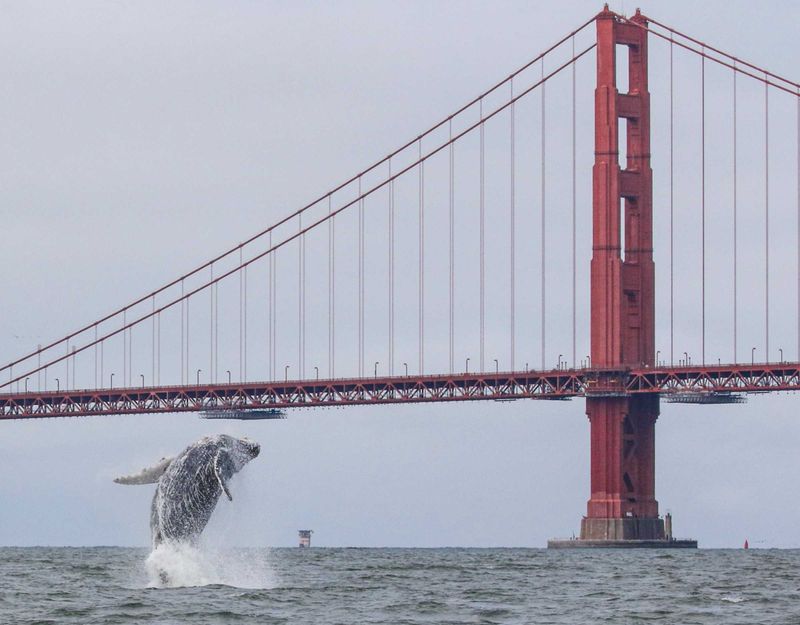
San Francisco Bay, with its iconic Golden Gate Bridge, is a marvel of natural and human engineering.
Pollution and habitat loss threaten its vibrant marine life. The bay is a crucial part of California’s identity.
Efforts to restore and protect its waters are ongoing. San Francisco Bay is a reminder of the delicate balance between development and nature.
12. Natchez Trace Parkway, Mississippi/Alabama/Tennessee
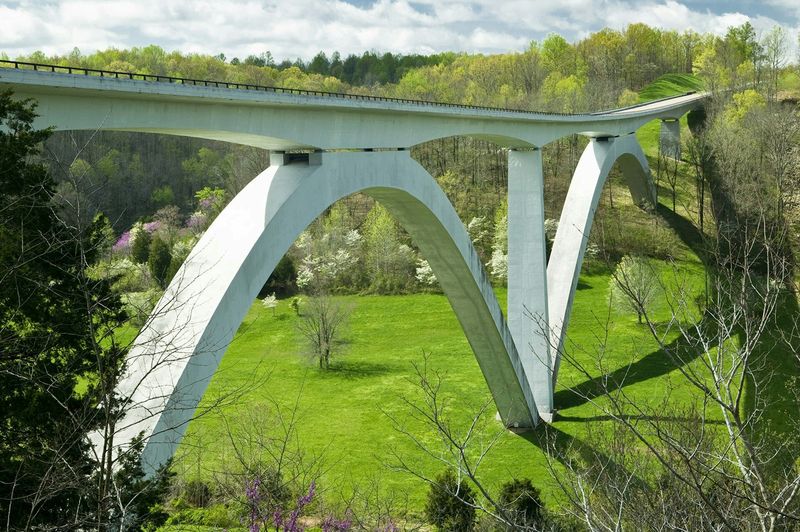
The Natchez Trace Parkway, a scenic route through Mississippi, Alabama, and Tennessee, is steeped in history.
Known for its picturesque landscapes and historical sites, the parkway faces challenges from development pressures.
Preservation efforts are crucial to maintaining its beauty and historical significance. The parkway invites travelers to explore America’s past and present.
13. Yellowstone National Park, Wyoming/Montana/Idaho
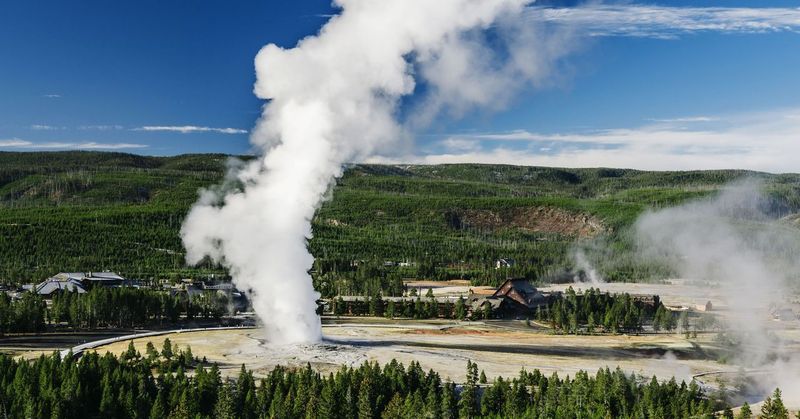
Yellowstone National Park, America’s first national park, is a geothermal wonderland with geysers, hot springs, and wildlife.
Climate change and human activity threaten its delicate ecosystems. The park’s surreal landscapes draw visitors from around the world.
Conservation efforts focus on safeguarding its natural wonders. Yellowstone is a testament to the beauty and complexity of nature.
14. Alcatraz Island, California
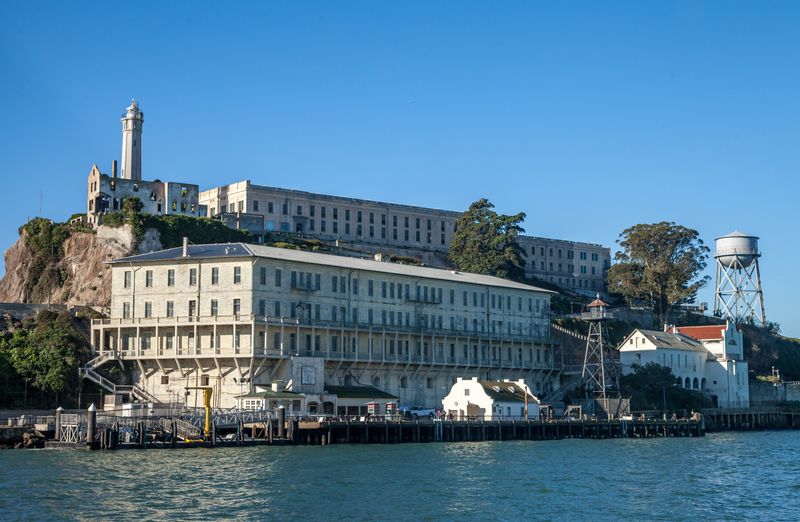
Alcatraz Island, famous for its notorious prison, is a symbol of American history.
The island’s buildings suffer from weathering and erosion. Preservation projects aim to protect its historical significance.
Alcatraz tells stories of incarceration and escape, echoing the past’s complexities and challenges.
15. Mammoth Cave National Park, Kentucky
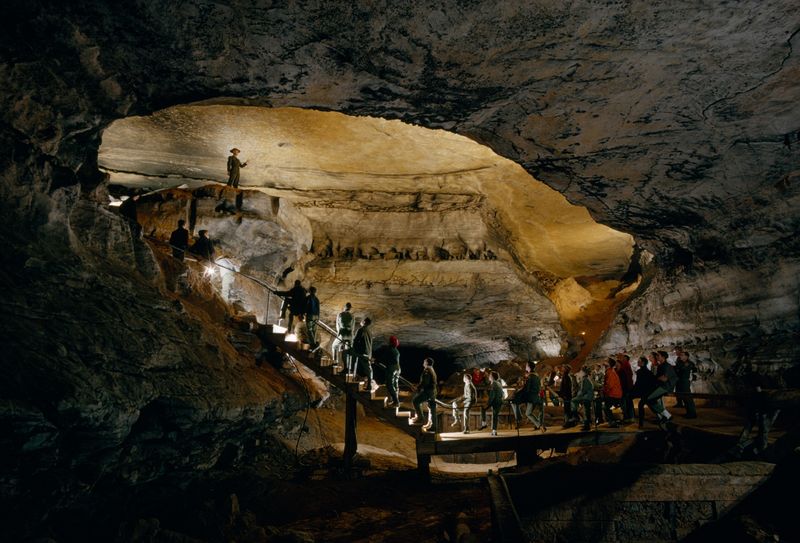
Mammoth Cave National Park in Kentucky is renowned for its extensive cave system.
The world’s longest known cave system faces threats from pollution and invasive species. Its underground wonders captivate explorers and scientists.
Efforts to preserve its unique geology and biodiversity are vital. Mammoth Cave reveals the hidden beauty beneath the earth’s surface.
16. Canyon de Chelly, Arizona
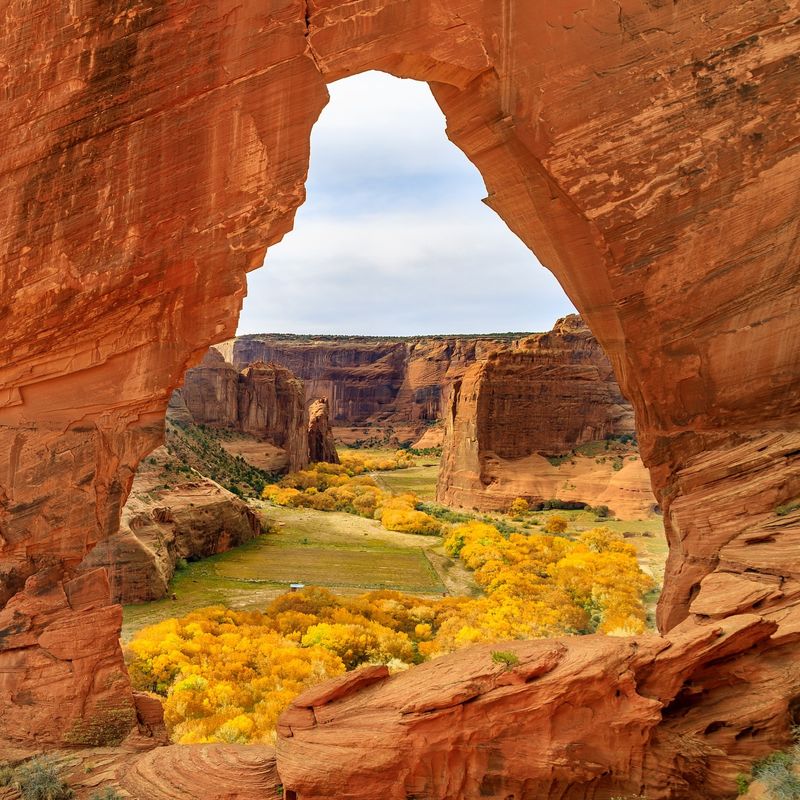
Canyon de Chelly in Arizona is a place of stunning landscapes and rich Native American history.
Erosion and human impact threaten its archaeological sites. The canyon’s beauty and cultural significance are unparalleled.
Preservation work focuses on protecting its heritage. Canyon de Chelly connects us to ancient traditions and the environment’s timeless beauty.
17. Mount Rushmore, South Dakota
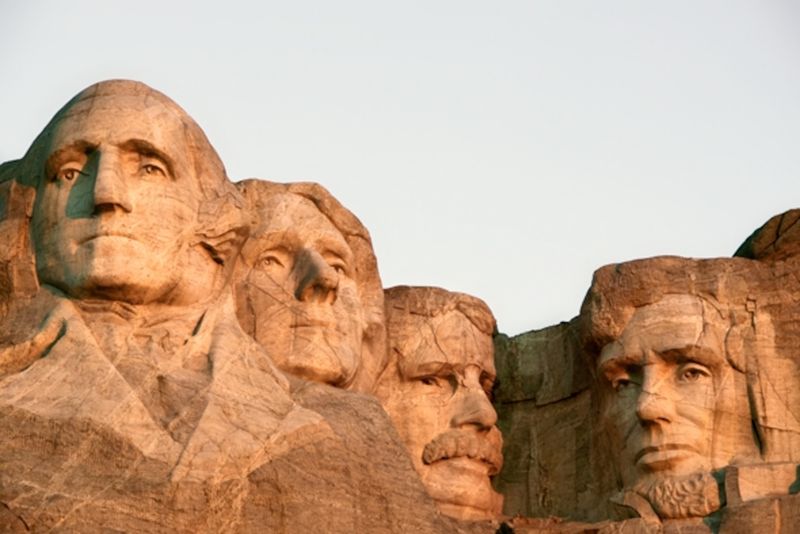
Mount Rushmore in South Dakota, with its colossal presidential carvings, stands as a monument to American leadership.
Environmental wear and vandalism pose risks to this iconic site. Efforts to preserve its grandeur are ongoing.
Mount Rushmore inspires awe and reflects the nation’s history and values.
18. Bodie Ghost Town, California
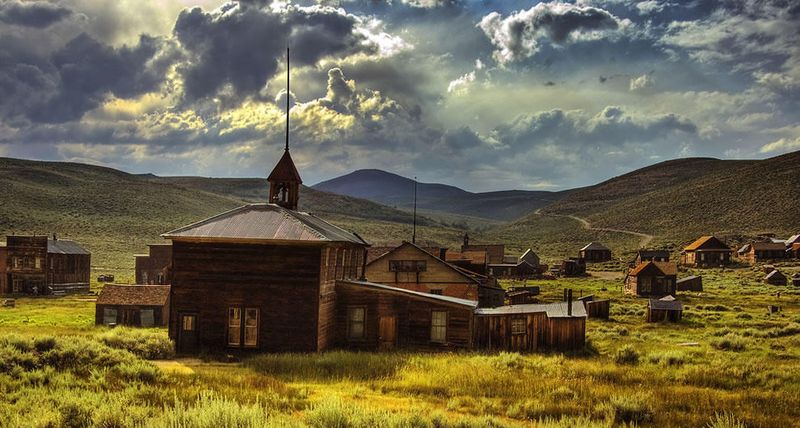
Bodie Ghost Town, nestled in California’s rugged terrain, offers a haunting glimpse into the past.
Once a bustling mining town, it now stands as a preserved relic of the Old West. Weathering and neglect challenge its preservation.
Efforts to maintain its eerie charm and historical significance continue. Bodie is a window into a bygone era, filled with stories of boom and bust.
19. Joshua Tree National Park, California
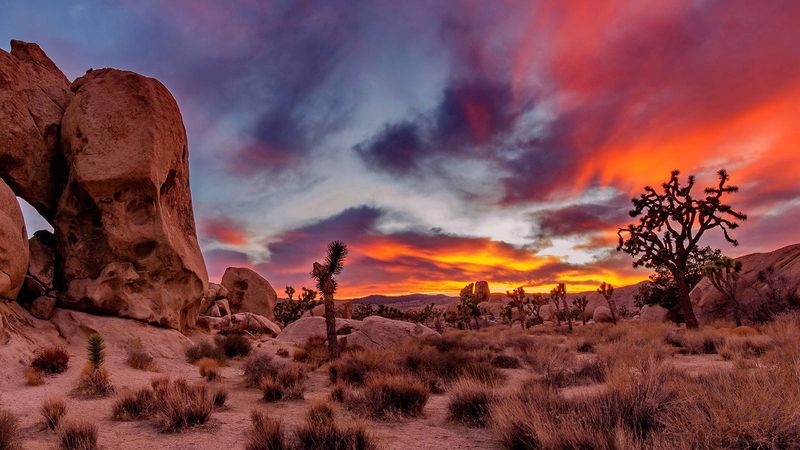
Joshua Tree National Park in California is famous for its unique desert flora and captivating landscapes.
The park faces threats from climate change and human activity. Its iconic Joshua trees create a surreal, otherworldly environment.
Conservation efforts focus on protecting its delicate ecosystems. Joshua Tree symbolizes the beauty and resilience of desert life.

